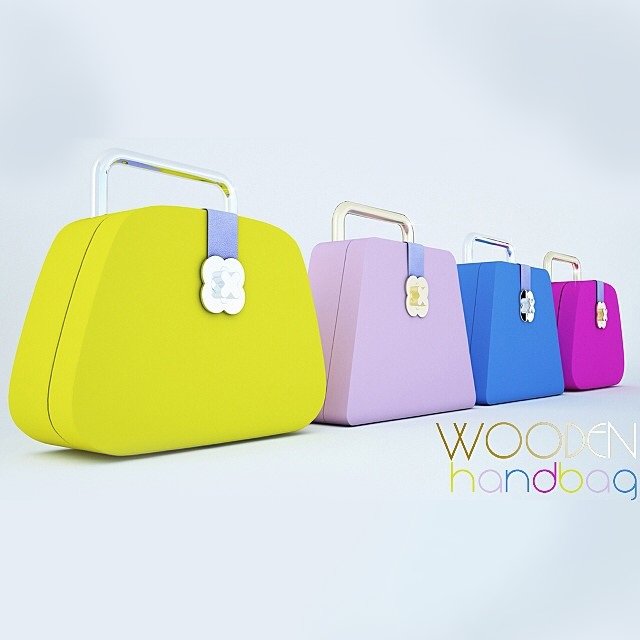An ethical Colombian brand
Today I want to share with you the process of creating these beautiful bags from Dvotio.
Before all else, credit and praise must be given where its due. A big thank you to Dvotio for providing me with the necessary photos and information. This post is dedicated to their beautiful, fashionable and socially conscious creations.
First-off, a brief intro on the brand, it’ll help you get a better picture of everything and how it all connects. The brand is called Dvotio and they’re deeply concerned with the distinct problems faced by the indigenous people of South America. National data has shown time and time again that indigenous people are nearly always disadvantaged: their standard of living is lower, their risk of disease and early death is higher, and their educational and work opportunities are limited. In response, Dvotio endeavours to achieve better financial security and economic development for those individuals, their families and communities.
So how exactly does Dvotio support the success of these communities? By making it their mission to preserve the artisanal techniques from “Los Andes”, in order to support indigenous business and entrepreneurship that connects people with jobs and increased opportunities.
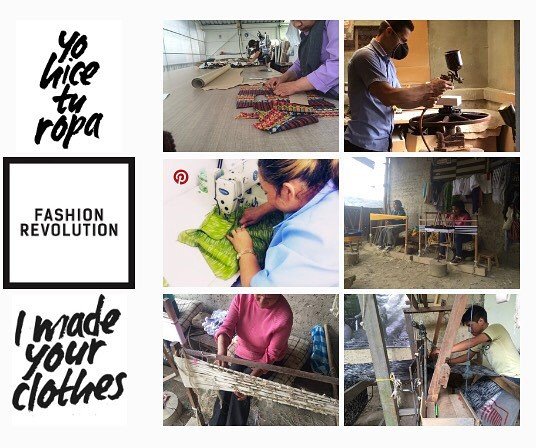
Dvotio’s products are therefore a beautiful mix between the best South American artisanal techniques and modern style elements. The results are neo-artisan pieces that celebrate cultural heritage and work towards progressive solutions for the people of the Andes.
Dvotio is a Colombian-based organisation whose meaningful work also operates in Ecuador.
So now that you know of Dvotio’s vision and philosophy, let’s start breaking down their production process to see what it takes to attain one of these gorgeous bags.
The technique they use is called Mopa Mopa and Dvotio has produced an impressive Mopa Mopa handbag collection. Historical records indicate that this technique was a Pre-Columbian artistic medium used by the natives for many centuries and predominant in two regions. In Pasto Colombia (where it is still used), and by the Inka in Peru, where it was used to decorate ceremonial drinking cups.
Where: Pasto, Nariño & Colombian Amazon
Technique: MOPA MOPA or Pasto Varnish Pre-hispanic technique
Materials: Wood, MOPA MOPA resing, Gold and Silver.
Step1: The first step is to collect your materials, wood and the Mopa Mopa resin.
So, go deep into the Amazonian Jungle, to Putumayo and Caquetá, and find the Mopa Mopa tree (unless you’re a tree expert, this might be tricky.) Oh! and you have to be there either in the months of June or November…otherwise, its fruitless (no pun intended). Go ahead and get your wood.
Step 2: As the gifted carpenter you are, it’s now time to cut, sand and assemble the bag to the highest precision.
Step 3: You’re painting skills will come in handy here. You now need to prime the wood and then paint it. The little bag is now ready to be varnished!
Step 4: Grab your Mopa Mopa plant and select the best buds. Boil those buds for several hours until its texture is as malleable as gum. Proceed to knead, mill and hammer your resin so that all plant debris is eliminated. Keep kneading, keep kneading…until your resin is a uniform paste.
Step 5: Now it’s ready to be dyed! You have the choice between a transparent resin with silver or gold leaf or tinting it with natural dyes. You settle on the latter, so go ahead and add your desired vegetable dye to your resin.
Step 6: You now need to boil this new color mixture. Boil it at a high temperature.
Step 7: Now pull! Stretch out the resin into a thin layer. Pull using your mouth and hands. You could also try chewing it to give it the right consistency, which is what the pros do! Remember that all the colors you want to include need to be made like this first. Nothing is painted, it’s all layers of coloured resin. So, a very colorful design is made from layer on top of layer, on top of another layer of resin.
Like this…
Step 8: Now starts the decorative phase! (and perhaps the most difficult part of the whole process). You need to cut your resign into pieces by hand (a skilled craftsman like you doesn’t need moulds, just a good knife) then delicately place the resin over the surface of your wooden bag. Use the heat of your own hands to make the resin stick. Don’t screw up! Mistakes are impossible to correct!
Like a pro…
Step 9: It will probably take you a day or two to add all the designs by hand. Any geometric design will need to be done with a compass.
Step 10: Your little bag is almost done! Now just add the gold or silver plated hardware and fully line the inside with quality leather or suede. That’s it! Finished!
The result…
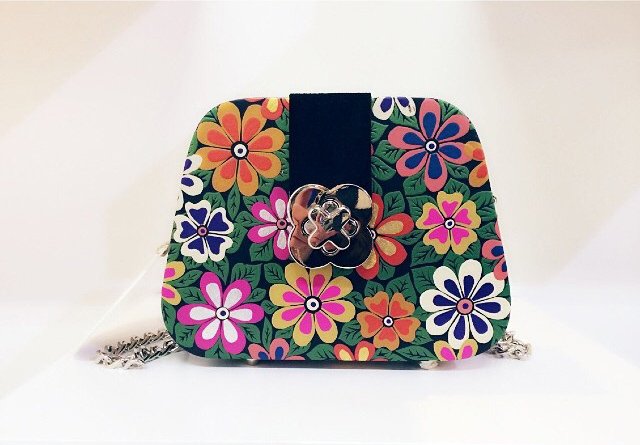
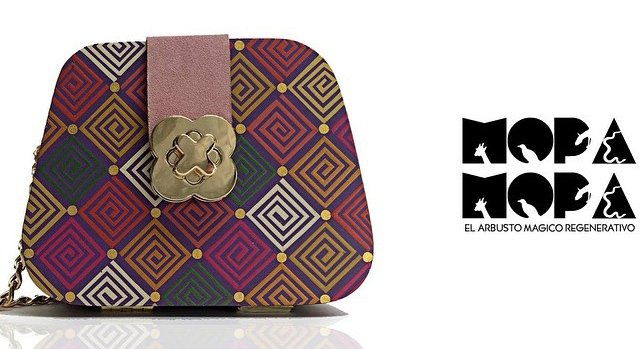
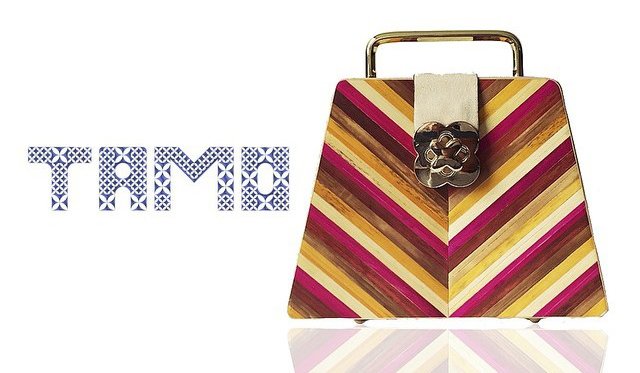
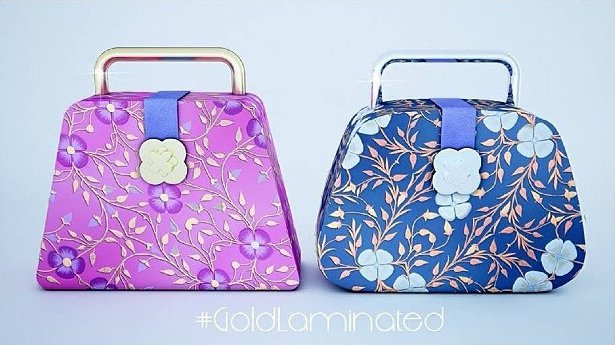
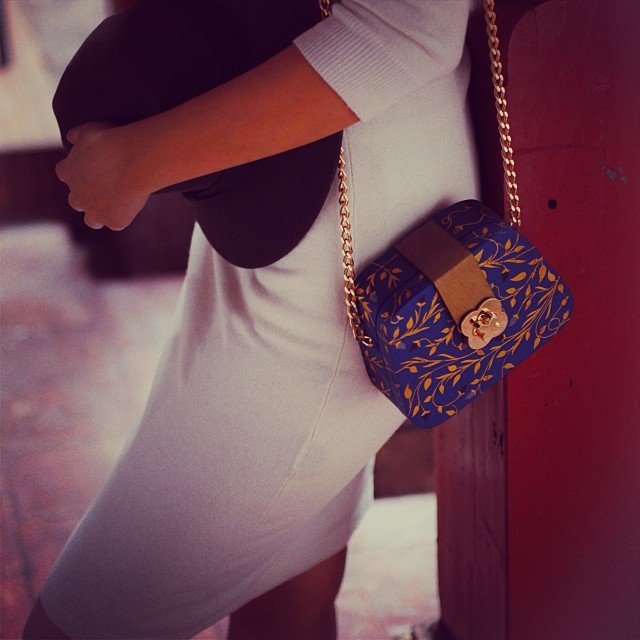
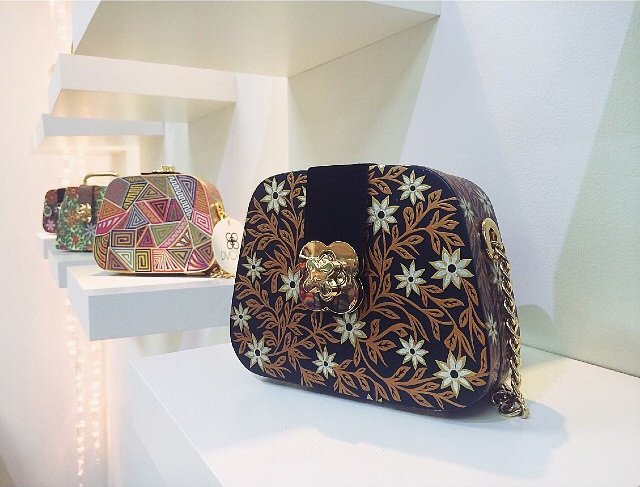
Dvotio is a wonderful brand that in addition to making beautiful bags also produces very unique and stylish South American clothing. Check out their Instagram: https://www.instagram.com and their website: http://dvotio.com 🤩
So, what do you guys think of Dvotio’s bags? Which one is your favourite? I’m very curious to know so tell me in the comments below
All photos & videos credit to Dvotio: http://dvotio.com
All sources credit to Dvotio: http://dvotio.com/mopa-mopa-technique
Additional sources: Richard Newman, Emily Kaplan & Michele Derrick (2015) mopa mopa: scientific analysis and history of an unusual south american resin used by the inka and artisans in pasto, colombia, Journal of the American Institute for Conservation


